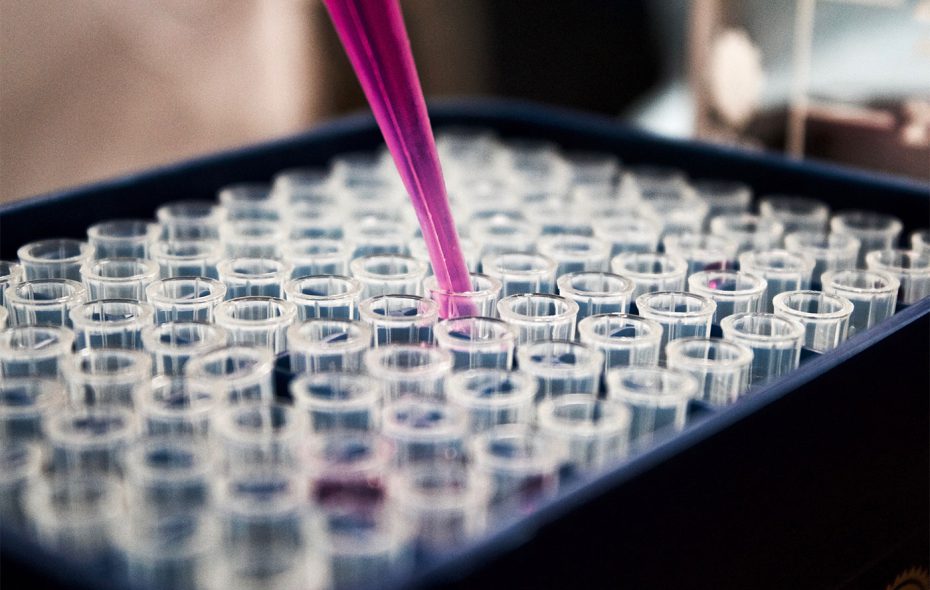
UKI2S has privileged access to emerging research across many of the UK’s science and technology campuses. This access allows us to seek out and support innovative young companies through our unique source of patient capital funding, helping to bring in outside investment and guide young companies in various fields. One such laboratory is the Babraham Institute on the Babraham Research Campus in Cambridge, predominantly funded by UK Research Councils. In 2008, UKI2S became a founding investor of a spin-out from the Babraham Institute called Crescendo Biologics.
A decade on from its founding, Crescendo Biologics is making big waves in the immunotherapy space with its next-generation of antibodies they’ve called a Humabody®. Targeted immunotherapy is an exceptionally fast-growing market, expected to reach the $100 bn (£77.9 bn) mark in sales in 2022. Cancers are especially popular indications for immunotherapy research given the range of targets available, especially in checkpoint inhibitors. This has seen a rise in pharma giants and small start-ups getting in on the action. Success in this field, in the form of CAR-T cell therapies and human monoclonal antibodies (mAbs), has led to huge investment as the technology is perceived to be somewhat de-risked with a clear route to the ever-growing market.
Crescendo has certainly lived up to its name. Following early seed funding with UKI2S, Soffinova Partners and others, the company raised nearly £20 m in 2014 Series A funding and £70 m in Series B funding in April this year. Between Series A and B funding, in October 2016, the company had a big win in partnering with Takeda Pharmaceuticals to develop Humabodies against its oncology targets. Crescendo is eligible to receive up to $31 m in upfront payments, investment, research funding and preclinical milestones. Takeda took its first exclusive option on a Humabody®-based therapeutic from earlier this month.
The Humabody® platform developed by Crescendo is a single-domain antibody based on the variable heavy-chain (Vh) domain of the antibody’s structure (the bit that binds to targets). This means they are much smaller than full-sized therapeutic mAbs and fragmentary antibodies. Their small size mean Humabodies can rapidly accumulate in tumours while better clearing out from the body than their larger counterparts already available on the market, thus avoiding potential toxicity.
Humabodies have other advantages over existing therapies such as CAR T-cell therapy. They can be generated in mice, whereas existing CAR T-cell therapies require extraction and reprogramming of the patient’s own T-cells (a type of immune cells). Like mAbs, Humabodies can exist as standalone monovalent proteins, or in linked forms. When linked, they can be with the same or different specificities, allowing for better targeting of a single antigen or multiple targets, respectively. They can also be coupled with prodrugs or radioactive isotopes, allowing for an extended range of applications in healthcare.
The Japanese Pharma giant’s recent option to licence and commercialise a Humabody®-based therapeutic for its oncology targets may see next generation antibodies on the market faster than expected. The 2016 deal between the two companies allows for up to $754 m in further clinical development, regulatory and sales-based milestone payments. More good news for Crescendo – they are also eligible to receive royalties for Humabody®-based product sales by Takeda.